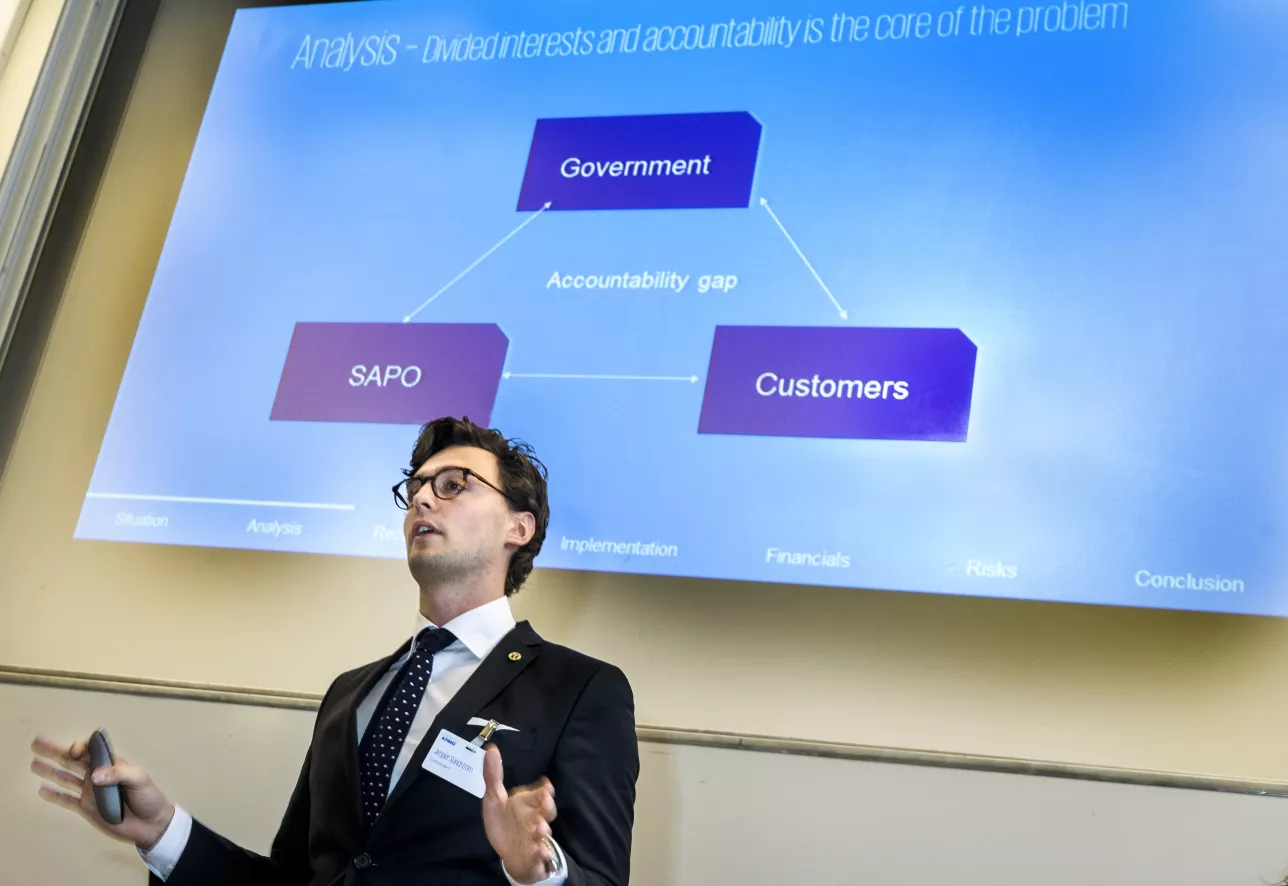Case teaching and learning
The case method is one of the cornerstones of LUSEM’s present and future teaching and learning approaches. For our students, faculty and partner organisations, the case method provides an opportunity to meet the interdisciplinary demands of real business and organisational situations. Given its ability to bridge the gap between theory and practice, LUSEM's case teaching method plays a crucial role in our external engagement efforts.

Purpose
The purpose of a case study is to place the students in an active learning mode by challenging them to accept responsibility for their education by giving them first-hand appreciation and experience of the application of knowledge in practice. In essence, a case study is an acceptance that “the learning is in the classroom”, based on preparation, analysis and the discussion of the case together with others.
The case teaching and learning method helps to bridge the gap between theory and practice. In essence, case teaching and learning provides opportunities for problem solving, the application of analytical tools, decision-making and coping with ambiguity.
A teaching case is a story, describing or based on actual events and circumstances, that is told with a definite teaching purpose in mind and that rewards careful study and analysis.
Laurence E. Lynn, Jr., Professor of Public Affairs, University of Texas at Austin
How to use cases
Cases come in many formats, ranging from a simple “what would you do in this situation?” question to a detailed description of a situation with accompanying data to analyse. Whether the case is a simple scenario or complex and detailed depends on the learning objectives. Case teaching and learning is a multifunctional method to be used in different ways and for different purposes. The three main types of cases are:
- Written cases to be prepared individually or in study groups followed by class discussion
- Live cases presented to the class, followed by questions to discuss
- Ad hoc cases based on a current event, for example, as reported in the media
Cases – for whom?
In principle, the case teaching and learning method can be used in any discipline when instructors want students to explore how what they have learned applies to real-world situations. In comparision to many international higher education settings, the method is already introduced at bachelor’s courses at LUSEM. A majority of our business courses at bachelor level are using cases and the use has also spread to other subjects such as economics, statistics, business law, informatics and economic history.
